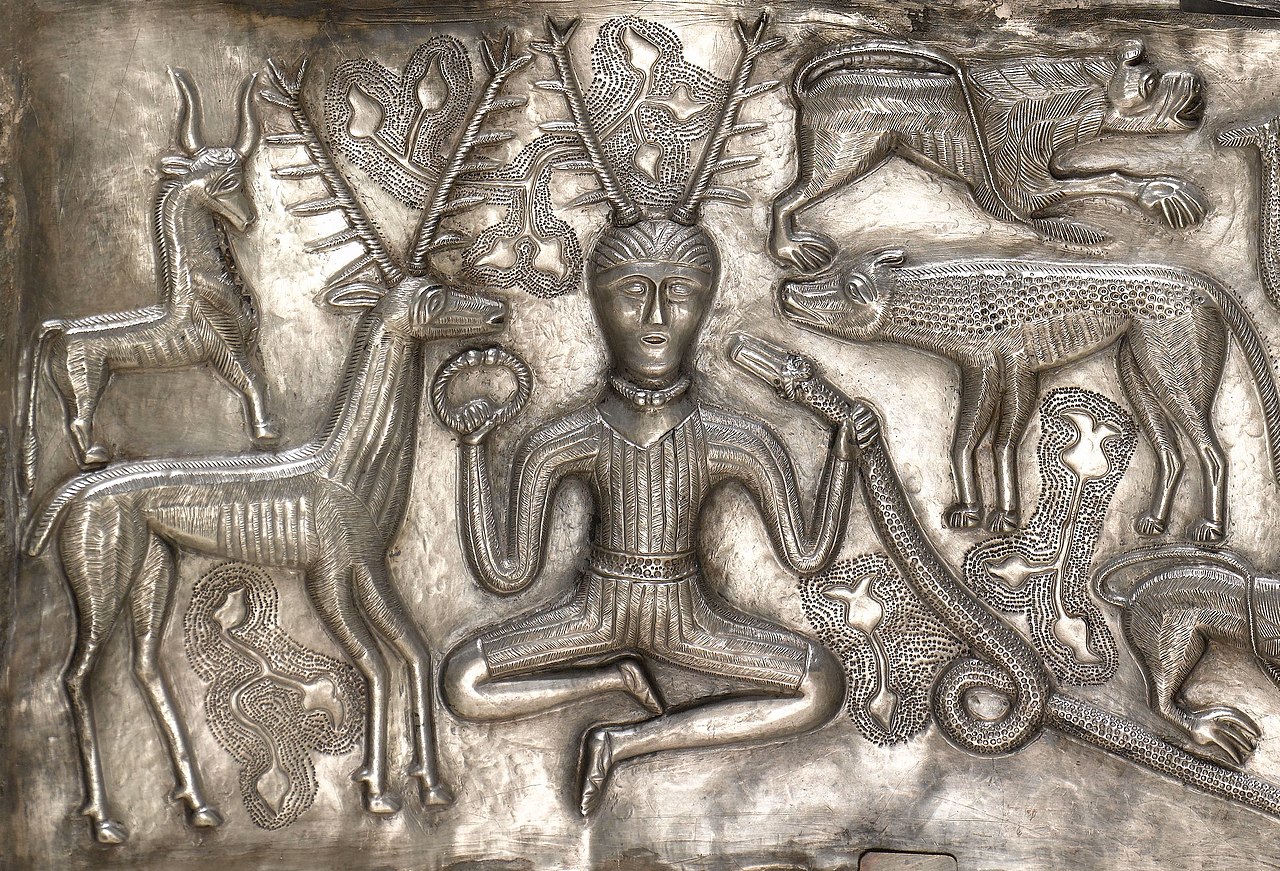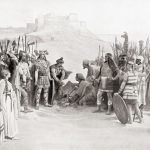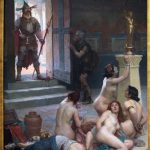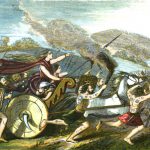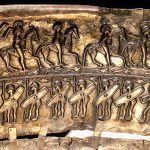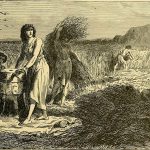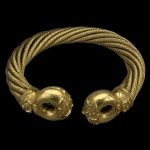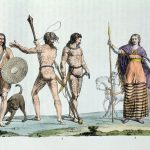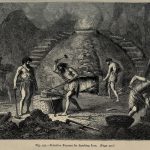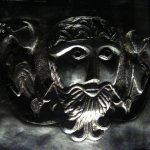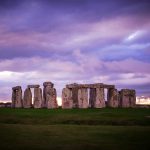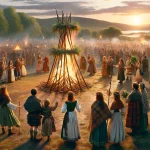The Britons, also known as Celtic Britons or Ancient Britons were the Celtic people who inhabited Great Britain from at least the British Iron Age and into the Middle Ages, at which point they diverged into the Welsh, Cornish and Bretons (among others). They were loosely tied by similar language, religion, and cultural expression. They spoke the Common Brittonic language, the ancestor of the modern Brittonic languages.
They were not centrally governed, and quite as happy to fight each other as any non-Celt. They were warriors, living for the glories of battle and plunder. They were also the people who brought iron working to the British Isles.
Origin and Lands of the Celts
The Celts, a collection of diverse tribal groups linked by similar language, culture, and artistic traditions, originated in the early Iron Age in Central Europe, with the earliest known Celtic culture being the Hallstatt culture around 800 BC. This culture, named after the archaeological site in Austria, marked the beginning of the distinct Celtic identity. As they expanded, the Celts spread across a vast area of Europe, covering modern-day France, Germany, Spain, Britain, Ireland, and as far east as Anatolia in modern Turkey, known historically as Galatia. Their migration and settlement patterns were driven by various factors, including trade, warfare, and exploration. By the La Tène period, around 450 BC, Celtic culture had flourished and diversified, leaving a profound imprint across these regions. The lands inhabited by the Celts were diverse, ranging from the rolling hills and river valleys of Central Europe to the rugged landscapes of the British Isles, each influencing the unique local developments of Celtic culture and society.
Religion and Mythology
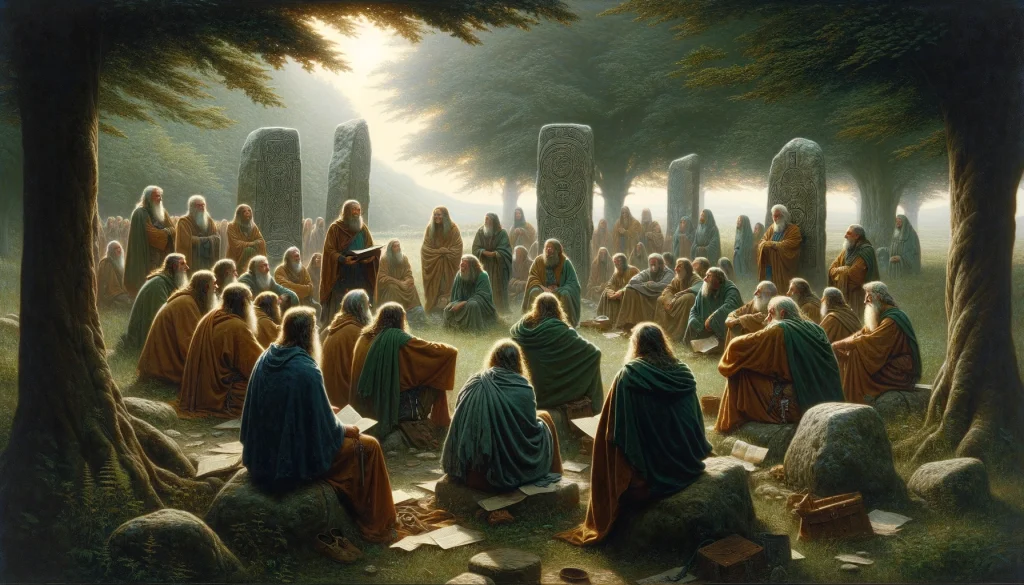
Celtic religion and mythology, woven into the very fabric of nature and the supernatural, present a mystical tapestry of beliefs and stories that have echoed through the ages. At its core, this ancient spirituality was deeply entwined with the natural world, where gods and goddesses personified elements of nature and life. Druids, revered as priests, bards, and seers, were the custodians of these sacred traditions, conducting rituals in enigmatic stone circles and sacred groves. The Celts celebrated seasonal festivals, which marked the cycle of life, death, and rebirth, and held a strong belief in the otherworld, a realm parallel to the physical world. Their mythology, rich in heroic tales, otherworldly quests, and magical beings, not only offers a glimpse into the Celtic worldview but also provides a resilient cultural legacy that continues to captivate and inspire. This introduction to Celtic religion and mythology invites you on a journey to explore these ancient and enduring beliefs, set against the backdrop of a world where the spiritual and the earthly are inextricably linked.
Celtic Art and Craftsmanship
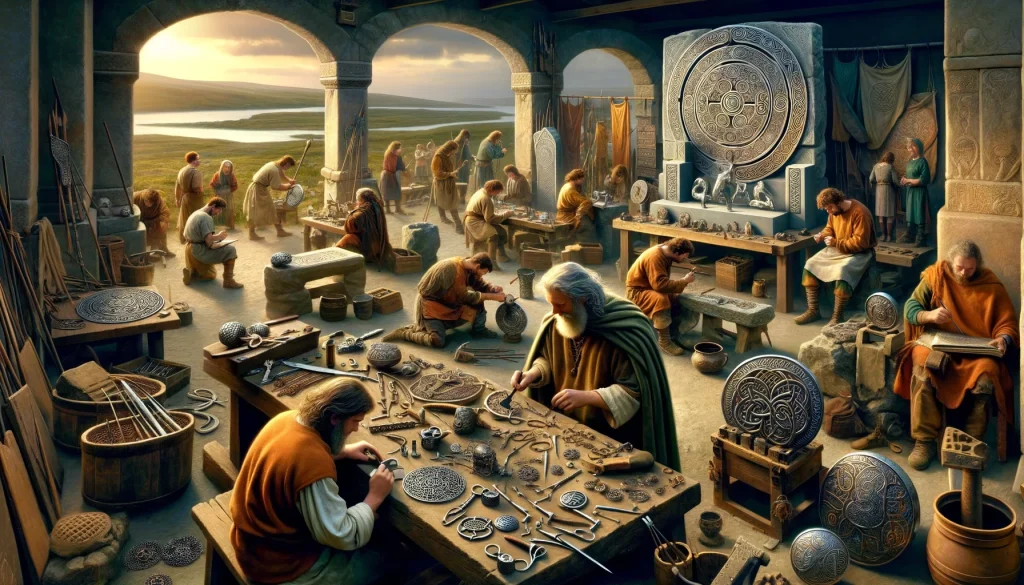
Celtic art and craftsmanship, renowned for their distinctive aesthetic and intricate designs, stand as a testament to the creativity and skill of the ancient Celtic peoples. Characterized by complex geometric patterns, interlacing knotwork, and stylized animal motifs, Celtic art transcends mere decoration, often embodying symbolic and spiritual meanings. This artistic style reached its zenith during the La Tène period, where metalwork, especially in the creation of ornate jewellery, weapons, and ceremonial objects, showcased the Celts’ exquisite craftsmanship. Their work in gold, silver, and bronze, often adorned with enamels or precious stones, reveals a profound mastery of materials and a deep understanding of artistic expression. Beyond metalwork, the Celts also excelled in stone carving and illuminated manuscripts, as seen in later Christianized Celtic art, where they fused traditional motifs with new religious themes, creating a unique and enduring artistic legacy that continues to fascinate and inspire.
Celtic Warfare
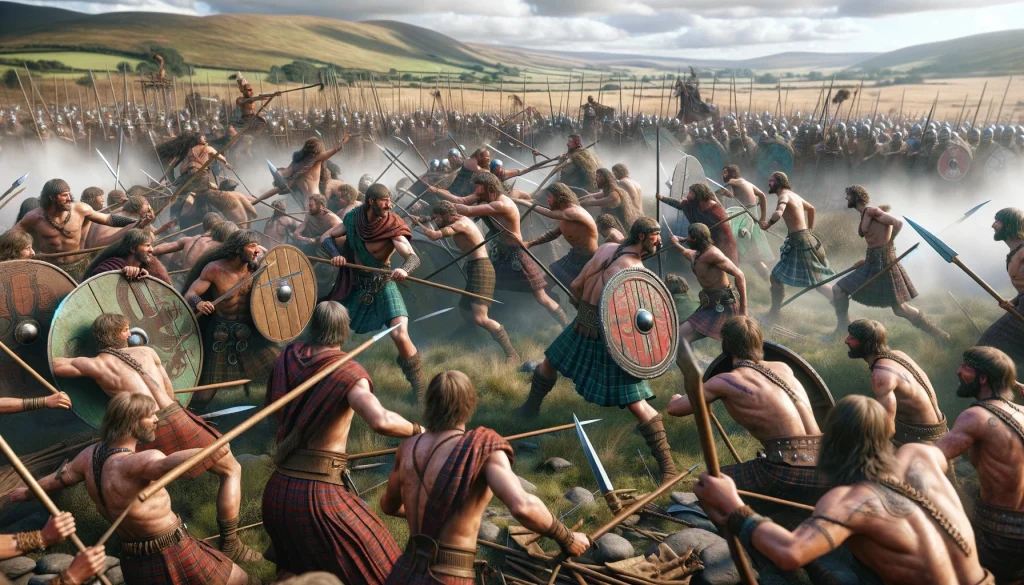
Celtic warfare, renowned for its ferocity and distinctive tactics, was a defining aspect of ancient Celtic society. The Celts, known for their warrior culture, engaged in warfare with a combination of raw courage and strategic prowess. Their armies, often composed of fiercely independent tribes united under charismatic warlords, were formidable in battle, wielding an array of weapons including long swords, spears, and shields. The hallmark of Celtic warfare was the charge – a headlong rush into enemy lines, often accompanied by the fearsome battle cries and the blaring of horns, designed to intimidate and disrupt the opposition. The warriors, sometimes fighting bare-chested or even naked to display their bravery, were also known for their distinctive appearance, with many dyeing their hair bright colors or wearing intricate tattoos. Celtic charioteers, a skilled and strategic component of their warfare, showcased their advanced craftsmanship in chariot building and their adeptness in using these vehicles for rapid manoeuvres on the battlefield. Despite their valour, the Celts eventually faced challenges against the organized legions of Rome, yet their legacy in warfare left a lasting impression on the history of European martial practices.
